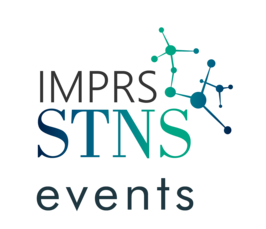Spin Currents in Antiferromagnets
Tutorial
- Date: Jan 9, 2019
- Time: 12:30 PM - 02:30 PM (Local Time Germany)
- Speaker: Jakub Železný
- Institute of Physics of the Czech Academy of Sciences, Prague, Czech Republic
- Location: Martin-Luther-Universität Halle-Wittenberg, Theoretische Physik, Von-Seckendorff-Platz 1
- Room: Raum 1.02
- Host: IMPRS-STNS

Antiferromagnets have recently attracted considerable attention in the spintronics community because they have some unique advantages over ferromagnetic materials and spintronics provides means of accessing and utilizing the antiferromagnetic order. Compared to ferromagnetic materials, however, the range of spintronic functionalities available in the most studied simple collinear antiferromagnets, is limited. In contrast, in more complex antiferromagnets, such as non-collinear antiferromagnets, symmetry is lower and more spintronics effects can be present. The non-collinear antiferromagnets could thus combine the advantages of collinear antiferromagnets such as fast magnetic dynamics with the useful functionalities of ferromagnets.
Here, we discuss spin currents in various antiferrromagnets, primarily in the non-collinear antiferromagnets of the Mn3X type. Our work [1] shows that in the Mn3X antiferromagnets, spin currents have several unusal properties. We have shown that, unlike in simple antiferromagnets, charge current in the non-collinear antiferromagnets is spin-polarized. In addition, we have show that the same mechanism that leads to the spin-polarized current, also leads to a novel type of a spin Hall effect. This “magnetic” spin Hall effect, differs from the conventional spin Hall effect, in that it originates from the magnetic order. Another intriguing result concerning the Mn3X antiferromagnets is that in these antiferromagnets the conventional spin Hall effect exist even in absence of spin-orbit coupling [2]. Apart from the non-collinear antiferromagnets we will also discuss collinear antiferromagnets with low symmetry in which similar spin currents can also occur.
[1] J. Železný et al., Spin-polarized current in non-collinear antiferromagnets, Phys. Rev. Lett. 119, 187204 (2017)
[2] Y. Zhang et al., New J. Phys. 20 ( 2018 ) 073028